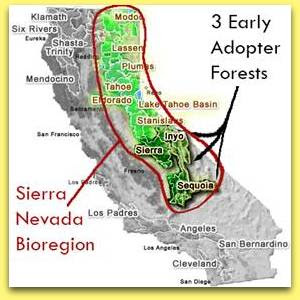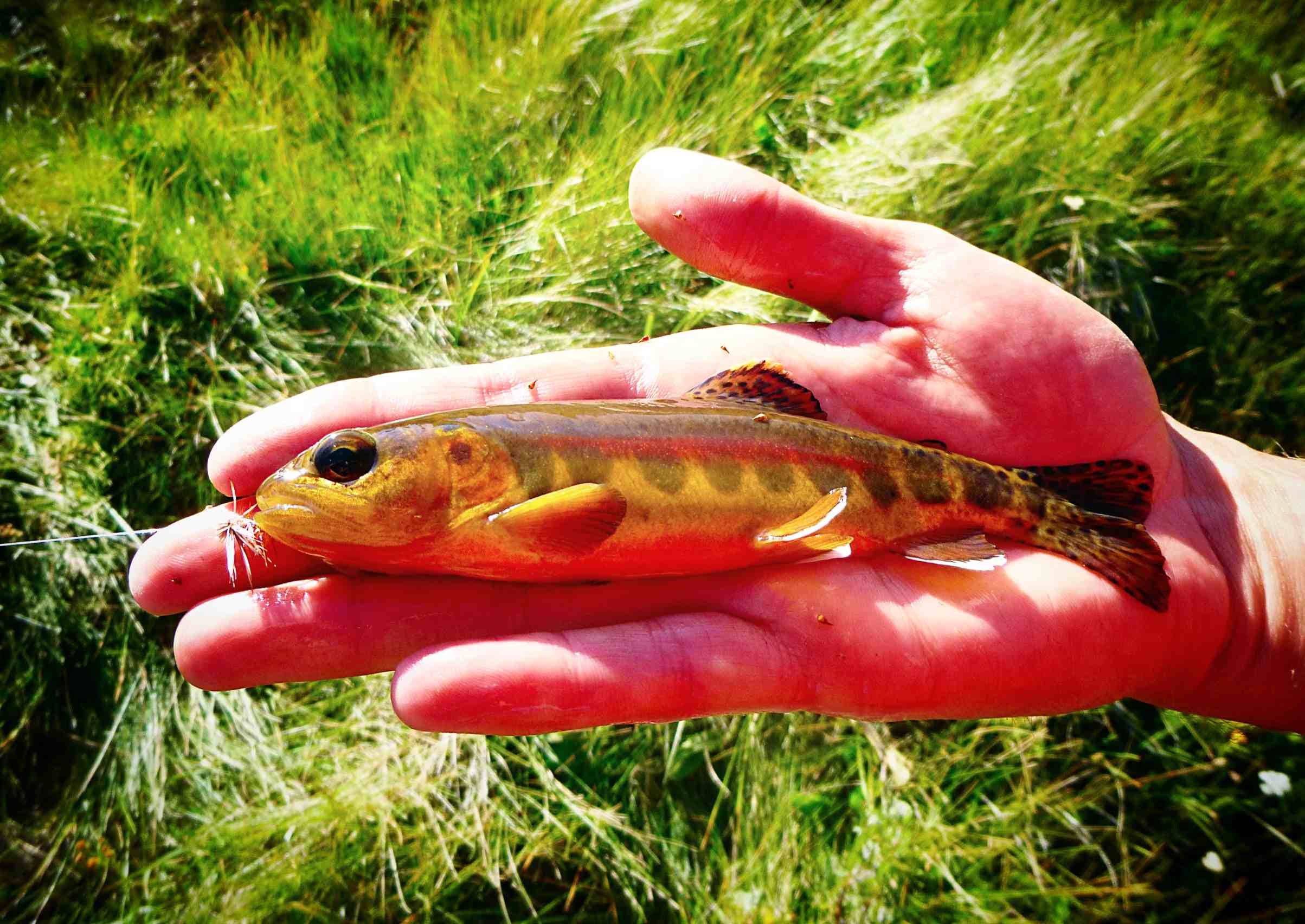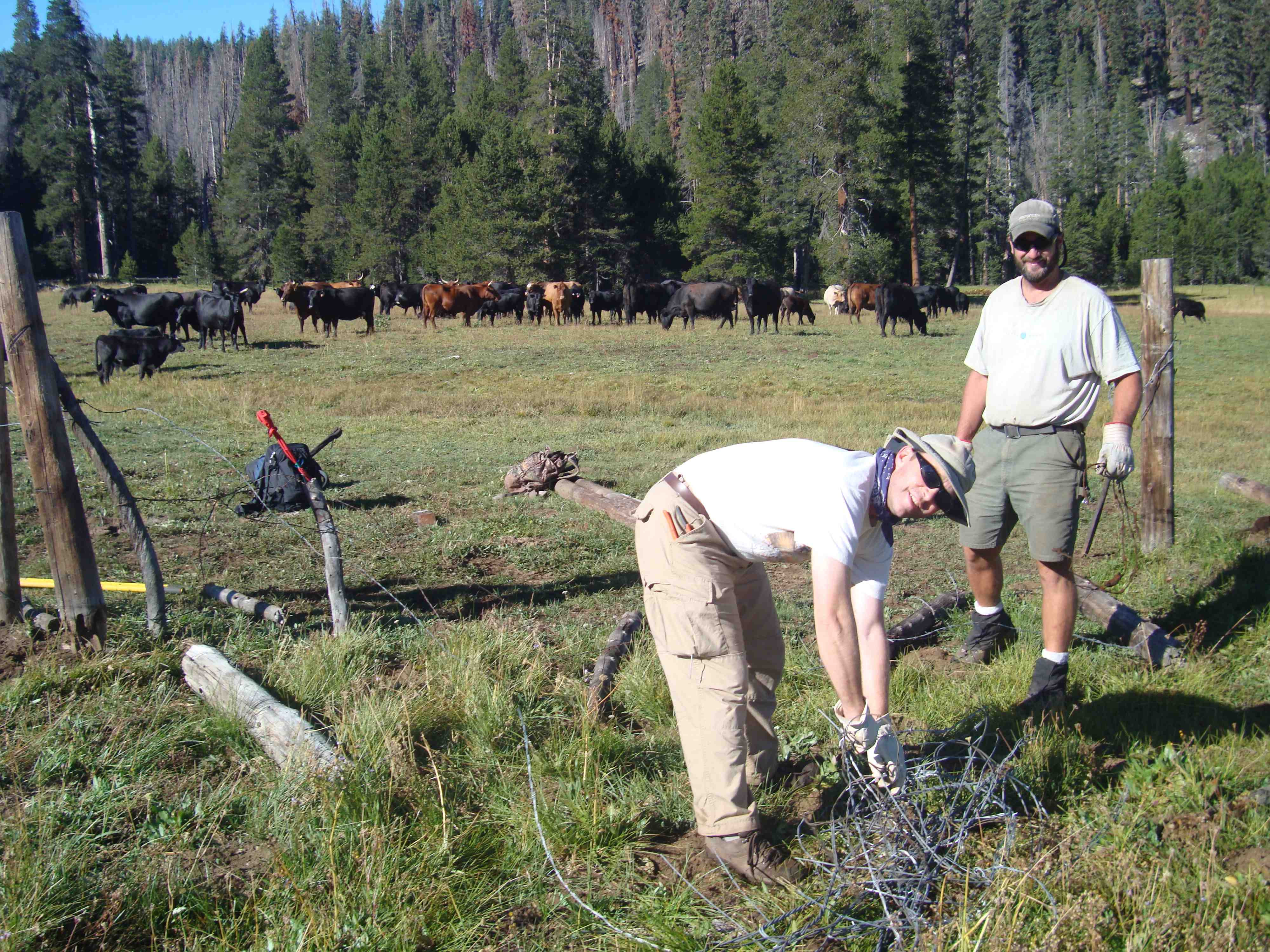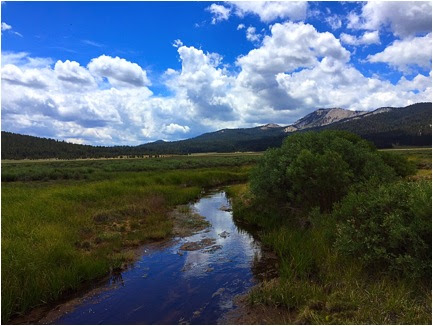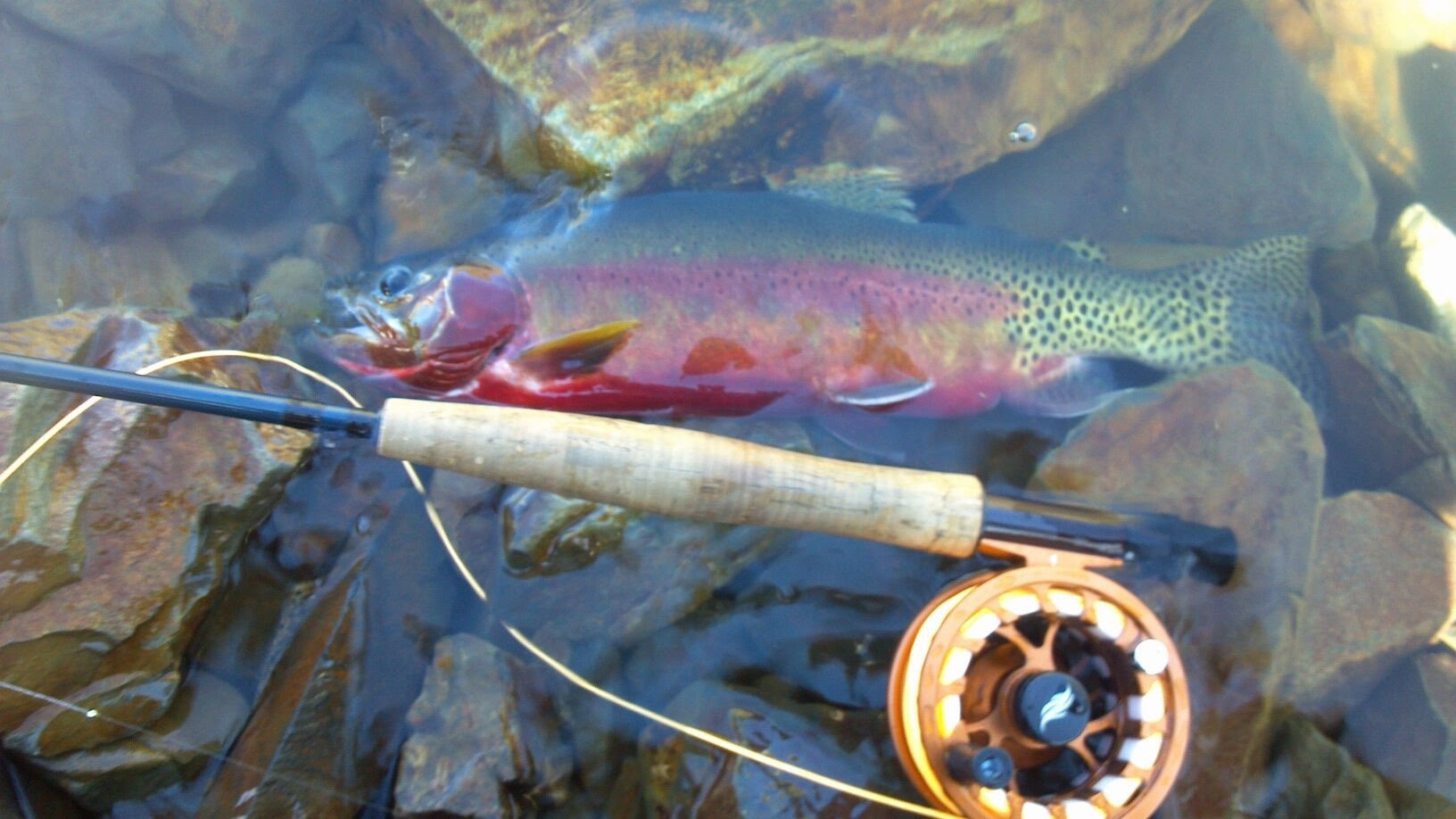POSTED ON AUGUST 18, 2016 / BY LOUIS CAHILL
All Photos by Louis Cahill
You don’t know what you’ve got ’til it’s gone.
Unless you’ve been living in a cave this last year, you know that there is a real and present danger facing our American public lands. A group of short sighted law makers would like to sell of your American birthright, or deed it over to states to sell if for them.
I’ve been fortunate to see several dozen countries in my life, and to fish many of them. I can tell you this with complete certainty. Our public lands are unique and precious. They are what, for sportsmen and women at least, set us apart from much of the rest of the world. I say this, not boastfully, but with great fear. We are on the verge of losing the very thing that makes the country great.
I could write a couple of thousand words about this issue, but I have chosen instead to show you exactly what’s at risk. Here are a few photos I’ve taken while fishing some of our great public lands. You will recognize many of these places. Although all of our public lands are not so famous, they are equally precious. I encourage you
Here is the link to see Louis Cahill’s photos:
http://www.ginkandgasoline.com/conservation/public-lands-photo-essay/


